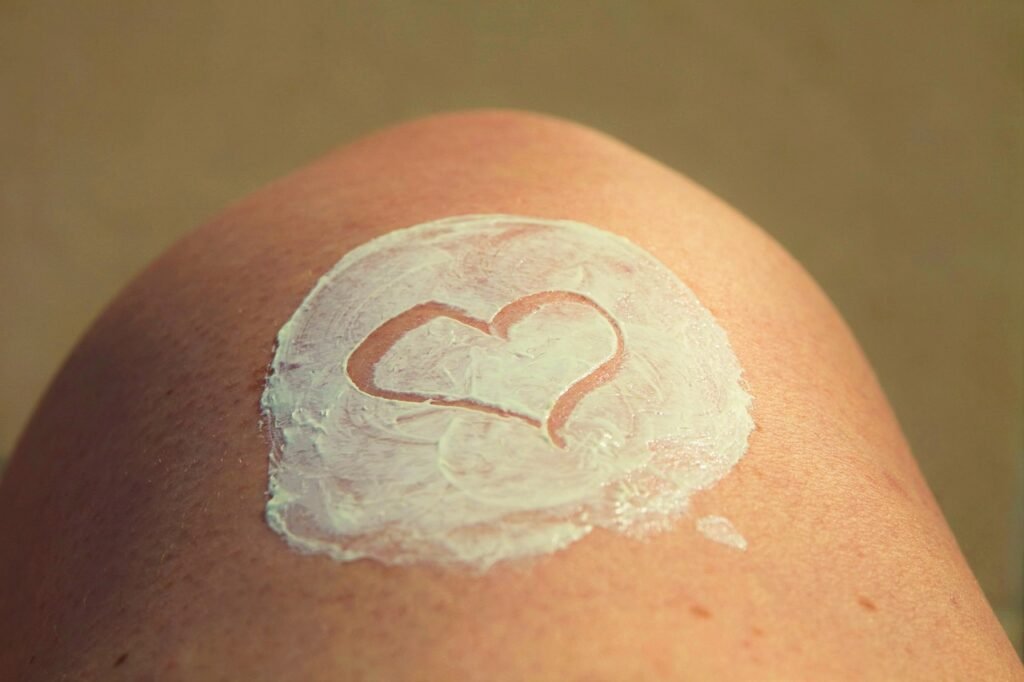The Whispers of Relief: JOURNAVX™ and the Shifting Landscape of Pain
For years, the ache lived in her bones like an old whisper, relentless and familiar. It crept into the corners of her days, coiling around moments of ease, tightening its hold. Mornings were stiff rituals, each step a measured negotiation with pain, each movement a quiet rebellion. The world continued its indifferent rhythm, but for her, pain had become a second existence, a shadow self walking alongside. She was one among millions, bound by this silent affliction. In the vast sprawl of humanity, pain is a constant. In the United States alone, over 51.6 million adults bear its weight daily, with 17.1 million suffering a version so intense that it crushes even the simplest joys. Globally, the numbers stretch further, with nearly 20% of adults waging their own private battles. It is a presence that shifts but never truly leaves. Then, a whisper of something new. A name, a possibility. Journavx. A beacon breaking through the haze. Developed by Vertex Pharmaceuticals, Journavx (suzetrigine) stepped forward into the world of medicine, carrying with it the promise of relief. On January 30, 2025, the FDA cast its approval, setting into motion a change for those who had known only the dull, unyielding truth of pain. Unlike the old sentinels of relief—opioids, which swarmed the central nervous system like unruly waves—Journavx moved differently. It worked with precision, threading through the body’s intricate wiring, targeting the NaV1.8 sodium channels in the peripheral nervous system. These channels, the messengers of pain, were silenced before their cries could reach the brain. The pain was not numbed or blurred by euphoria; it simply ceased to be, without the perilous lure of addiction. This made Journavx more than just an alternative—it made it an evolution. Opioids, though powerful, carried their own kind of chains: dependence, overdose, the slow descent into something worse than the pain they were meant to cure. Journavx unraveled those chains. It was pain relief stripped of its dangerous hunger. At its core, suzetrigine was a small-molecule analgesic, crafted with purpose. A NaV1.8 sodium channel blocker, precise and deliberate. It walked a fine line—strong enough to silence pain, yet careful not to disrupt the body’s other vital functions. It was a whisper where others had been a roar, a scalpel where others had been a hammer. Yet, like all things born of science, it had its cost. Itching, muscle spasms, a rise in creatine kinase levels, the occasional rash. Side effects, though lesser than the spiraling risks of opioids, still existed. It was no miracle, only progress. The body, that ever-wary keeper of balance, required caution. Journavx came with its warnings: grapefruit and its juice, harmless to most, became a danger here, altering the drug’s effects unpredictably. Certain antifungals, like ketoconazole, and antibiotics, like erythromycin, were not to be mixed with it. The dance of chemistry is delicate, and one misstep can break the rhythm. Its journey to approval had been long, its worth tested and weighed. Nearly 1,000 people bore witness in clinical trials, their pain measured, their relief recorded. From bunion surgeries to abdominoplasties, the results spoke—a level of pain reduction akin to opioids, but without the specter of addiction looming behind it. And so, for someone like her—someone who had walked the labyrinth of pain for too long—Journavx was not just another name in the long list of attempted solutions. It was hope given form, a new path where before there had been only dead ends. A future where pain might one day be just a memory, a story told in past tense. References Centers for Disease Control and Prevention. (2023). Chronic pain and high-impact chronic pain in U.S. adults, 2023. Retrieved from https://www.cdc.gov/nchs/products/databriefs/db518.htm Goldberg, D. S., & McGee, S. J. (2011). Pain as a global public health priority. BMC Public Health, 11, 770. https://doi.org/10.1186/1471-2458-11-770 U.S. Food and Drug Administration. (2025). FDA Approves Novel Non-Opioid Treatment for Moderate to Severe Acute Pain. Retrieved from https://www.fda.gov/news-events/press-announcements/fda-approves-novel-non-opioid-treatment-moderate-severe-acute-pain Vertex Pharmaceuticals. (2025). Vertex Announces FDA Approval of JOURNAVX™ (suzetrigine), a First-in-Class Non-Opioid for Moderate-to-Severe Acute Pain. Retrieved from https://news.vrtx.com/news-releases/news-release-details/vertex-announces-fda-approval-journavxtm-suzetrigine-first-class U.S. Food and Drug Administration. (2025). Journavx (suzetrigine) tablets, for oral use: Highlights of Prescribing Information. Retrieved from https://www.accessdata.fda.gov/drugsatfda_docs/label/2025/219209s000lbl.pdf
The Whispers of Relief: JOURNAVX™ and the Shifting Landscape of Pain Read More »





